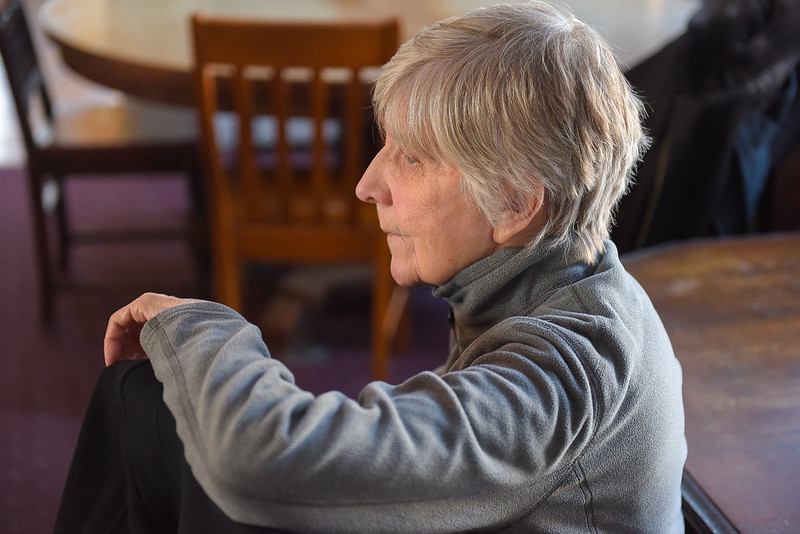|
Caring for a loved one with Alzheimer’s disease is both an emotionally and physically draining experience. One of the best ways to ensure their safety is by making changes to their home environment, such as removing potential hazards.
Home accidents are the leading cause of injury among older adults, and can result in serious health complications or even death. To ensure that your elderly family member is safe at home, there are many simple precautions you can take. These include making sure all areas of the house have adequate lighting, removing tripping hazards such as area rugs or furniture with sharp edges, adding handrails on stairways and walkways, checking smoke detectors regularly and installing grab bars around showers or tubs for added stability when bathing. This room-by-room checklist will help you identify potential hazards so that you can keep your loved one safe. Keep in mind that it may not be necessary to make all of the suggested changes. This list covers a wide range of safety concerns that may arise, and some of the modifications suggested may never be needed. Remember to re-evaluate home safety periodically as the persons condition may change over time. Download a FREE printable version of the Alzheimer's Home Safety Checklist here. General safety throughout the Home
Outside the House
Entryway
Kitchen
Bedroom
Bathroom
Living Room
Laundry Room
Garage/Shed/Basement
Caring for a person with Alzheimer’s disease can feel overwhelming sometimes but following this simple checklist will help keep them safe in their own home environment for as long as possible despite their memory loss issues or lack of awareness about potential dangers around them. It’s important to remember that safety should always come first - so take some time to review each room carefully and make any necessary changes! Download a FREE printable version of the Alzheimer's Home Safety Checklist here. Comments are closed.
|
AuthorTyice Strahl Categories
All
Archives
May 2023
|
- Home
-
Settings
- Assisted Living
- Home Care
- Independent Living
- Memory Care
- Skilled Nursing
- Adult Family Homes
-
All Communities
>
- Aspen Quality Care
- Avamere South Hill
- Brighton Court
- Brookdale Nine Mile
- Brookdale Park Place
- Cheney Assisted Living
- Cherrywood Assisted Living
- Colonial Court
- Cornerstone Court
- Evergreen Fountains
- Palouse Country
- Fairview Assisted Living
- Fairwinds
- Fairwood
- Fieldstone Memory Care
- Good Samaritan
- Maplewood Gardens
- Moran Vista
- North Point Village
- Orchard Crest
- Pine Ridge Memory Care
- Emilie Court
- Ridgeview Place
- Riverview Retirement
- Rockwood Retirement Community
- Rose Pointe Assisted Living
- Royal Park
- South Hill Village
- Sullivan Park Assisted Living
- Sunshine Health Facilities
- Touchmark Assisted Living
- Willow Grove
- Wind River
- Alderwood Manor
- Franklin Hills
- Manor Care
- North Central Care Center
- Providence St Joseph
- Regency at Northpointe
- Royal Park Health and Rehabilitation
- Spokane Veterans Home
- The Gardens on University
- Spokane Assisted Living Directory
- Locations
- Services
- About
- Senior Living Blog
- Contact


 RSS Feed
RSS Feed
